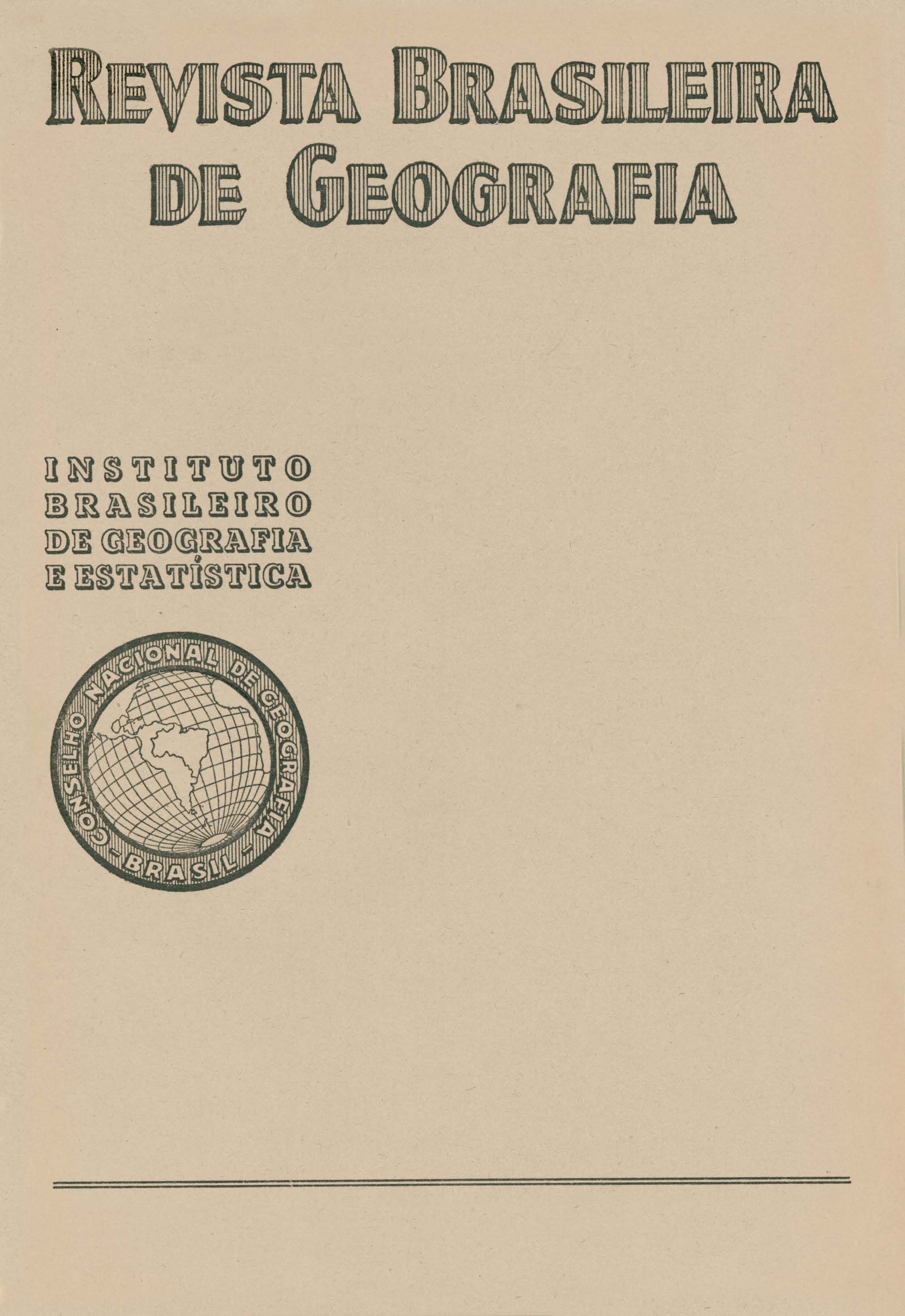Distribuição da população no estado do Maranhão em 1940
Palavras-chave:
Maranhão, Geografia da População, FitogeografiaResumo
In the present paper, the author discusses a map of the distribution of the population in the State of Maranhão, commenting the various factors which influenced said distribution.
He emphasizes the fact that the most part of the population has its activities connected to the vegetal extracting exploitation, (babaçu and carnaúba) to cattle-raising and to agriculture in general.
He describes the chief natural regions of the State, emphasizing the physical, economical and demographic aspects and describes, according to this method, the zone of the Golfão Maranhense, the middle valleys of the Mearim and Itapecuru rivers, the semi-arid region of the East, the middle Paranaíba and the northwestern part of the State.
He concludes, furthermore, stating that the population presents a large diversity of distribution; that the Western part of the State, which has the same characteristics of the Amazonian region, had its peopling difficulted by the forest and wild indians; that the Eastern part of the State, due to the relative aridity, has a very scarce population and, finally, that the center-north part of the lowlands is the most densely populated zone.
On the southern part of the State, on the 'chapadas" and "campos cerrados" the population is scarce and the author explains that the rivers represent a very important role in influencing the distribution of the population in the State of Maranhão.






